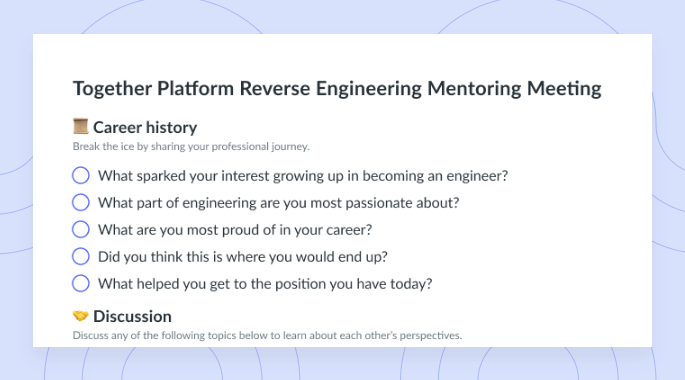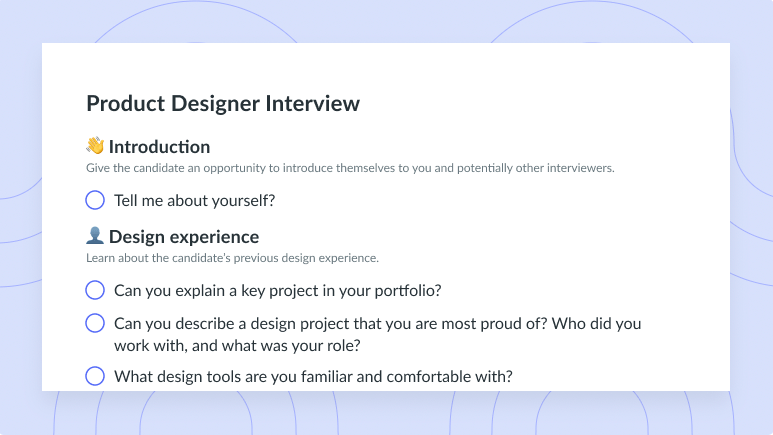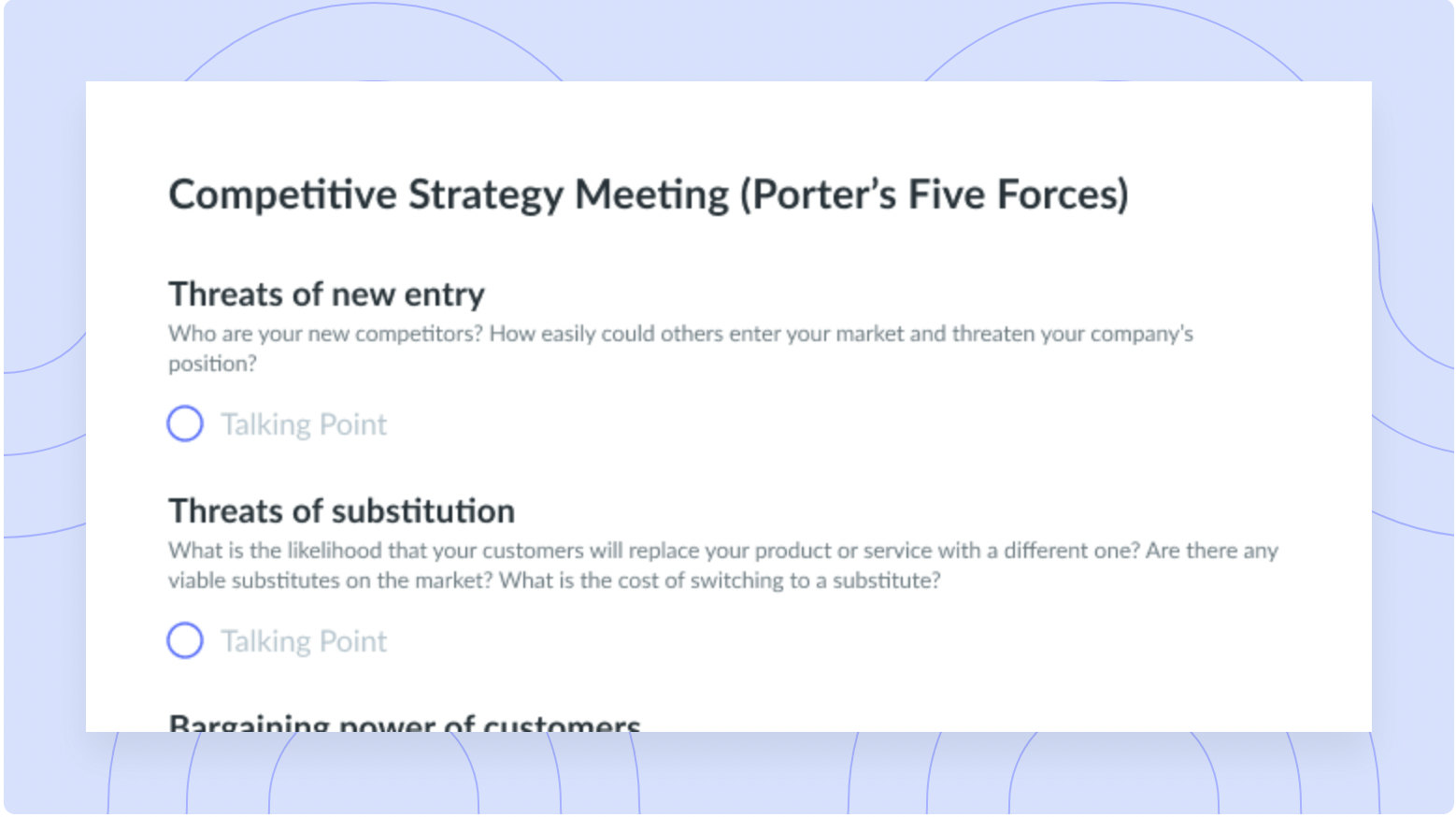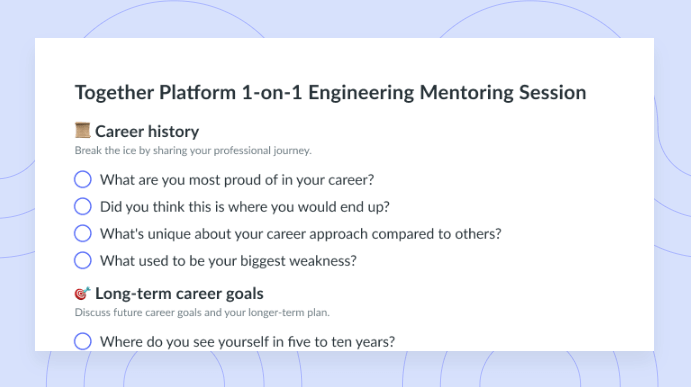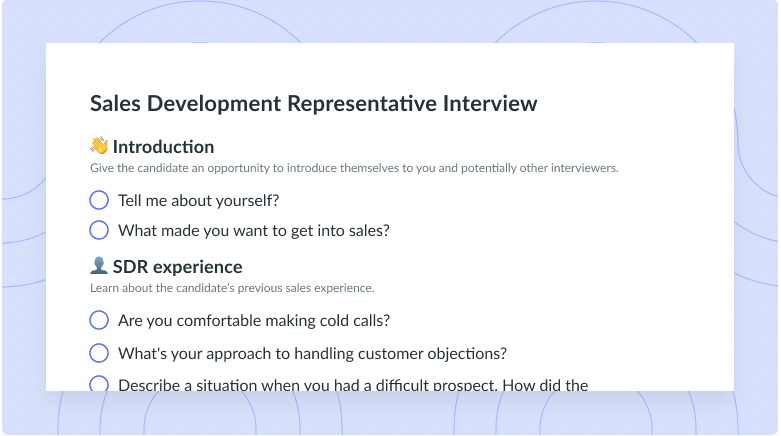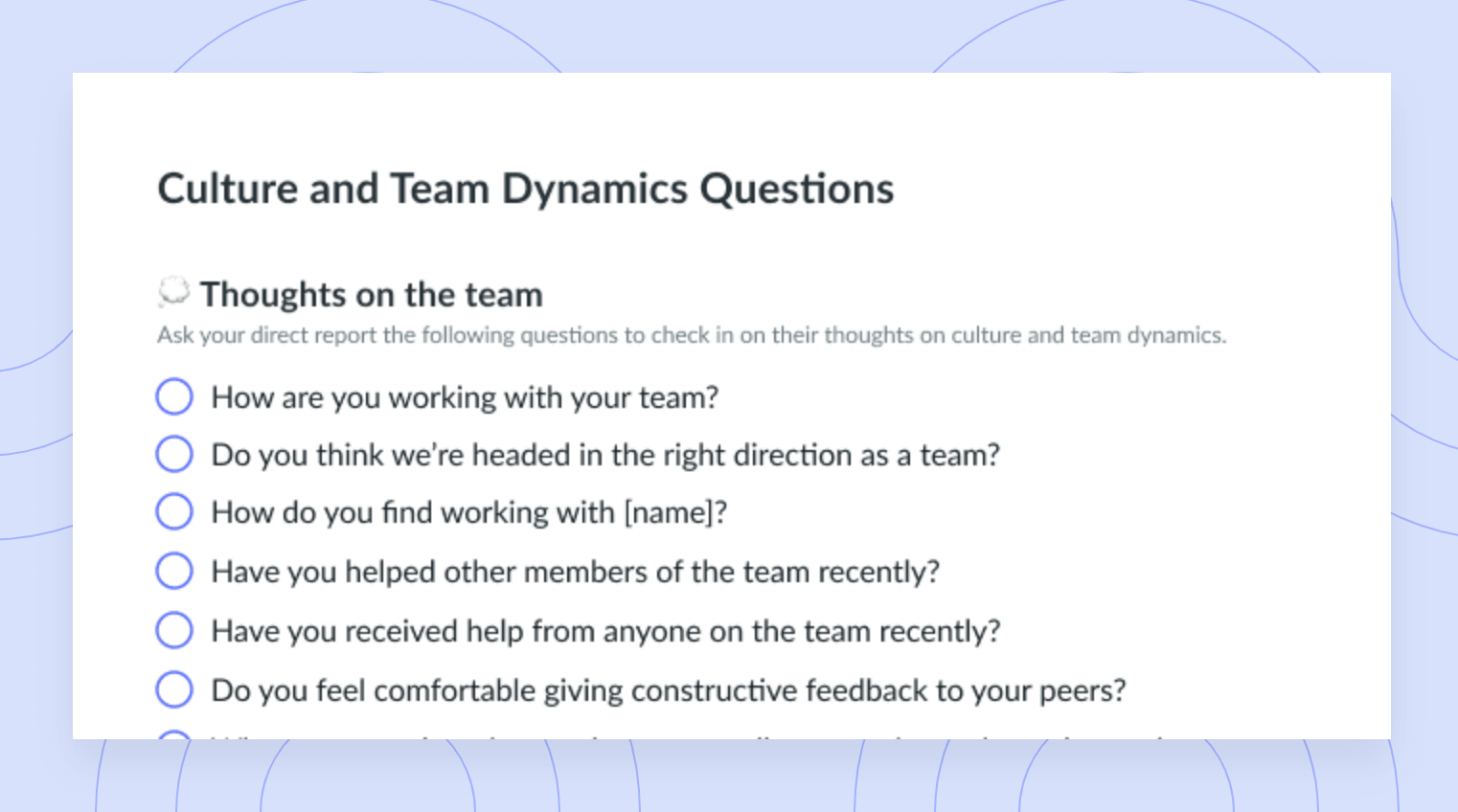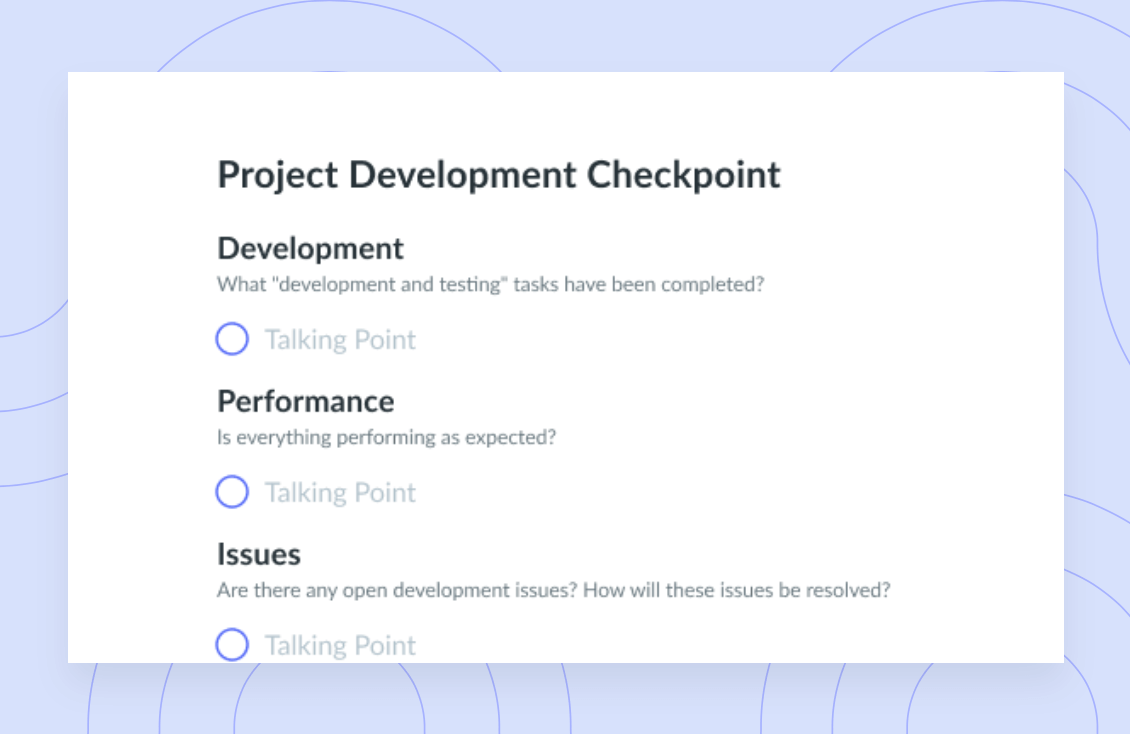What is Research and Development Engineering?
Learn the ins and outs of research and development engineers, including the important qualities that an R&D engineer should possess.
Engineers live in a constant state of innovation. Every day brings a new challenge, and engineers are constantly faced with a new set of hurdles that need to be overcome to provide quantifiable solutions. Every project starts out in the preliminary stages—or more commonly known amongst engineers as the research and development (R&D) phase. During the research and development phase, engineers execute research and perform tests on product ideas, develop new products, and perform redesigns. Research and development is most commonly done before the start date of a project; however, R&D can also be conducted during a project if a major change is needed.
In this article, we’ll dive into the roles and responsibilities of R&D engineers while outlining the importance of investing in research and development. We’ll also cover the characteristics and skill sets that R&D engineers should possess while touching on what you can do as an R&D engineer if you’re eager to progress in your career.
- Engineering research and development
- What is R&D engineering?
- Why should you invest in R&D?
- What is the role of an R&D engineer?
- R&D engineer responsibilities
- What important qualities should an R&D engineer possess?
- How can R&D engineers advance in their careers?
Engineering research and development
Engineering a new product is always an iterative process, and this process can’t begin until research and development have been conducted. Engineering research and development can be defined as the systemic approach that is taken by engineers to learn about building new technologies that are ultimately used to design or bring a product to fruition. This includes the entire development process through engineering program and project management, conceptual design, detailed design, prototyping, manufacturing, performance analysis, technical documentation, and configuration management.

Build a culture of effective meetings with your engineering team
Level up your engineering meeting habits to boost engagement and productivity with a collaborative meeting agenda. Try a tool like Fellow!

What is R&D engineering?
R&D covers three main types of activities, including:
1Basic research
Basic research is a long-term commitment that requires consistency. This type of research is used in an attempt to provide an organization with a more in-depth understanding of the problem at hand. Engineers can then work backwards to identify solutions.
2Applied research
Applied research is the second step in the research process. This type of research requires investigative work that the engineer can use to gain additional knowledge for the final step in the research process. During this phase, engineers work to identify solutions, resolve issues, and investigate industry trends.
3Experimental development
Experimental development is when engineers finally have the opportunity to combine their existing knowledge and the knowledge they’ve gained during the research process in an attempt to develop a new product, service, or process.
Why should you invest in R&D?
- Increases business efficiency
- Reduces costs
- Secures investments
- Fosters innovation
- Puts you ahead of competition
1Increases business efficiency
Beginning a project with a clear path forward is an excellent way to increase business efficiency. Taking the time to conduct a thorough research and development phase will ensure your engineers are firing all cylinders. Development can be a costly, long-term venture, meaning it’s extremely important to enter into any development only after ample research has been conducted. Doing so will result in streamlined processes and more efficient workflows.
2Reduces costs
Keeping research and development together is one of the best things you can do to reduce costs. Entering a project with no foresight or clear plan will result in mistakes and long-term costly effects, whereas conducting your research upfront ensures time, energy, and any other overhead costs are invested wisely from the get-go.
3Secures investments
Securing investments can be difficult, so it’s important to cover all of your bases. Taking the time to do your due diligence and back up any future ventures with comprehensive research demonstrates your competence and confidence to potential investors.
4Fosters innovation
It can be easy to become stagnant, especially if you never step out of your comfort zone and experiment. Living in a constant state of iteration breeds innovation. If your organization doesn’t invest the necessary time and energy into research and development, it may fall behind the competition.
5Puts you ahead of competition
Innovation is key when determining how to stay one step ahead of the competition. If you fail to innovate, you won’t be able to remain competitive. Frequently practicing R&D within your organization means you’re always looking for ways to improve, which is key if you want to stay ahead of the curve.
What is the role of an R&D engineer?
R&D engineers are responsible for conducting research and implementing solutions on behalf of their organizations. Their role is ever-changing and largely involves developing prototypes based on their research, designing and testing products, and also redesigning or iterating upon existing products.
R&D engineer responsibilities
The role of an R&D engineer varies and largely depends on the engineer’s industry, but many R&D engineers have similar responsibilities. Common responsibilities include, but aren’t limited to:
- Developing ideas
- Designing products
- Conducting research
- Leading and managing engineering teams
- Creating detailed plans and seeing them through to fruition
- Performing market research when applicable to the project at hand
- Working cohesively with other engineers and developers to create prototypes and products
What important qualities should an R&D engineer possess?
- Ability to work in a team
- Problem-solving skills
- Great attention to detail
- Time management skills
- Organizational skills
- Leadership skills
- Creativity skills
1Ability to work in a team
R&D engineers are never solely responsible for the projects on which they work. Instead, they work as part of a development team and often work cross-functionally with other key stakeholders to develop solutions. Having the ability to collaborate and be a team player is imperative.
2Problem-solving skills
Problem-solving is at the core of everything R&D engineers do. On any given day, these engineers are responsible for conducting research in an attempt to learn more about a specific subject matter that will, in turn, provide the insights they need to develop solutions. Without a never-ending desire to iterate and problem-solve, R&D engineers would not be successful within their roles.
3Great attention to detail
Working in a fast-paced, precision-based environment while handling competing priorities means attention to detail is a must. Paying close attention to detail makes it possible for R&D engineers to analyze complex problems and produce creative solutions. Failing to be detail-oriented may result in negative financial implications, negative user reviews or experiences, or even long-term negative effects on the product.
4Time management skills
Not only are engineers managing multiple projects at once, but they’re also working within a number of different parameters in an attempt to meet deadlines for competing tasks and projects. This said, time management is a very important skill for engineers.
5Organizational skills
R&D engineers are constantly faced with conflicting priorities. On any given day, they’re balancing a number of tasks, making organization one of the most valuable skills in their tool belt. Having the ability to remain organized and on task within an ever-changing environment is very important.
6Leadership skills
Engineers need to possess the ability to lead engineers, developers, and other technical personnel. While R&D engineers may hold a great deal of responsibility, chances are there are other contributors creating, designing, developing, implementing, and evaluating products, systems, or services, so having the ability to inspire and create alignment amongst these individuals is key.
7Creativity skills
R&D engineers are constantly innovating and striving to identify creative solutions. A large part of what they do entails uncovering new ways to do something or innovating on an existing practice, process, or product to come up with a creative solution. As a result, creativity and thinking outside the box is a must.
How can R&D engineers advance in their careers?
While post-secondary education is a must, real-world industry experience or on-the-job training is also extremely important for R&D engineers who are eager to progress in their careers. Career progression in research and development goes hand in hand with developing both technical and research skills. Perpetual growth, continuous learning, industry experience, and the desire to sharpen your soft skills are all key factors that will contribute to a lengthy career in R&D engineering.
Parting advice
In conclusion, R&D engineering is a subset of engineering that focuses on research and development. An R&D engineer will be responsible, on behalf of their organization, for performing research that can then be used to develop creative long-term solutions. These engineers use research theories, principles, models, and prototypes to perform experiments and innovate on existing practices. R&D engineers work to create new products while also iterating on existing designs, processes, and company products.
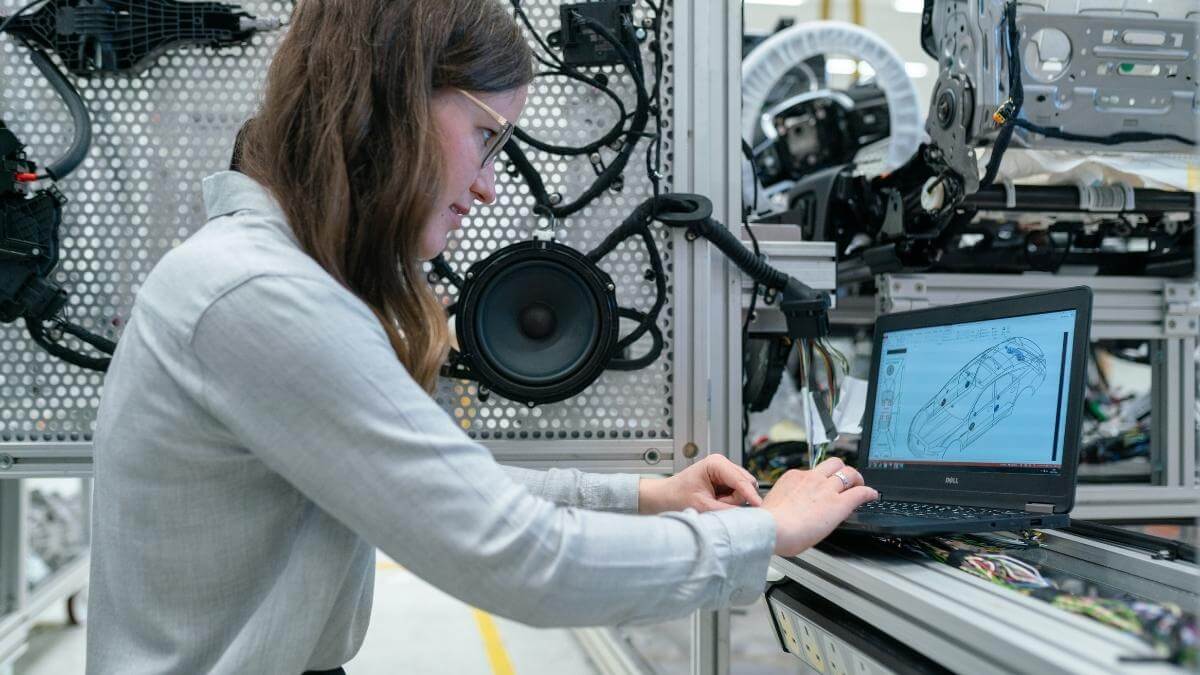


![Engineering Manager’s Key Responsibilities [+ FREE templates]](https://fellow.app/wp-content/uploads/2022/06/Engineering-Managers-Key-Responsibility.jpg)





